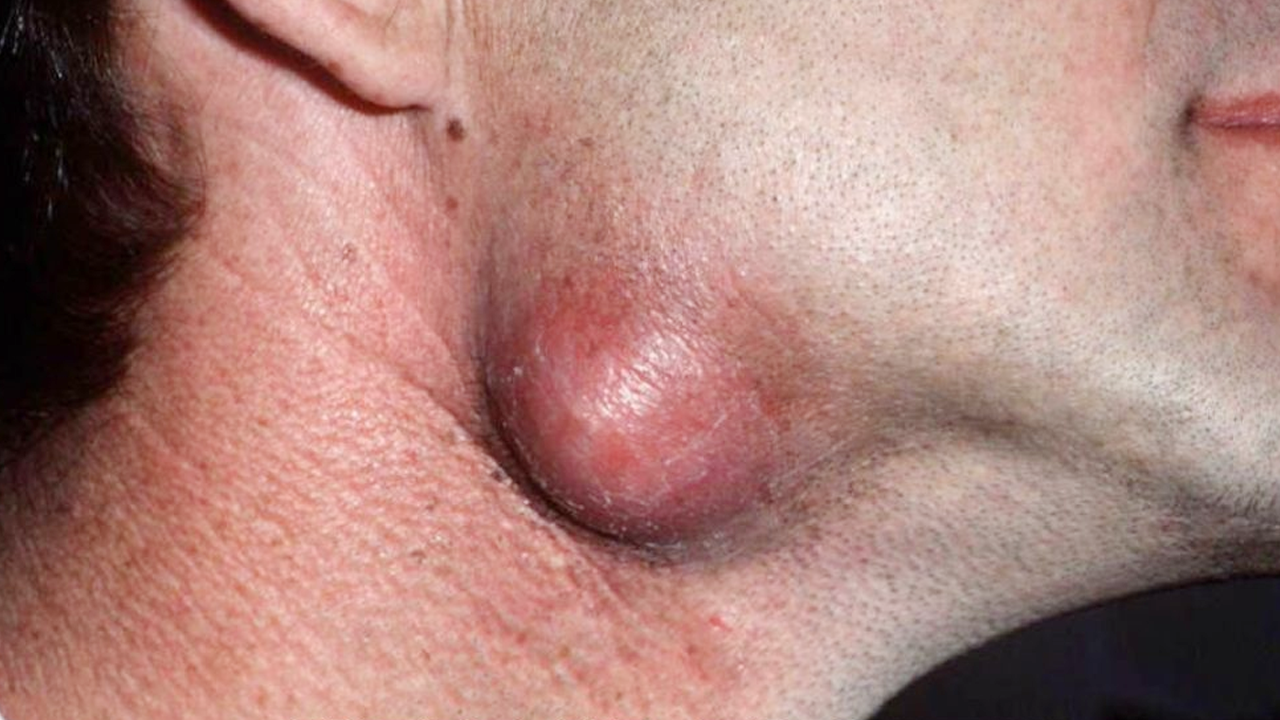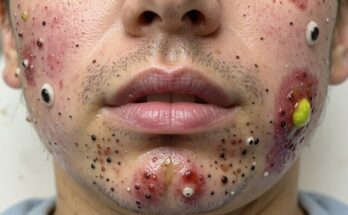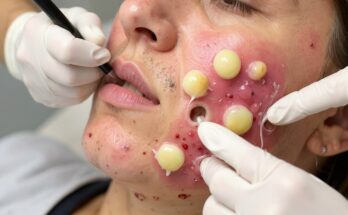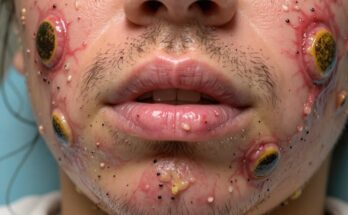Conquer Blackheads: A Safe and Effective Guide
Blackheads, those pesky dark spots that mar our complexion, are a common skin concern. They occur when pores become clogged with a mixture of sebum (oil) and dead skin cells, oxidizing and darkening near the surface. While tempting to squeeze, DIY blackhead extraction can be disastrous if not done properly. This guide will provide you with safe and effective methods to tackle blackheads, ensuring you achieve clear skin without causing further damage.
The Safe Way to Extract Blackheads
Attempting to remove blackheads without the correct technique can lead to inflammation, scarring, and the introduction of bacteria. The following steps outline a safe and effective method for at-home extraction:
1. Preparation is Key: Begin by thoroughly cleansing your face with a gentle, non-comedogenic cleanser to remove dirt and excess oil. Follow this with a warm compress or a 5-10 minute facial steam. This softens the skin and opens pores, making extraction easier and less damaging.
2. Sterilize Your Tools: Using a sterile comedone extractor is crucial. Opt for a stainless steel extractor with a rounded loop. Before use, disinfect it thoroughly with rubbing alcohol to prevent infection.
3. Gentle Extraction: Gently press around the blackhead using the loop of the extractor. The goal is to gently coax the contents out; avoid excessive force, which can lead to broken capillaries and scarring. If the blackhead doesn’t easily release, it’s best to leave it be.
4. Post-Extraction Care: After extraction, apply a soothing toner, like witch hazel, to help close pores and reduce inflammation. Resist the urge to touch your face, as this can reintroduce bacteria and oil.
5. When to Seek Professional Help: For persistent or deeply embedded blackheads that resist at-home extraction, a dermatologist can provide more effective treatments, such as professional extractions or HydraFacials.
Tackling Cystic Acne: A Different Approach
Unlike blackheads, cystic acne involves painful, inflamed lesions deep beneath the skin’s surface. These should never be squeezed or popped at home. Doing so significantly increases the risk of infection, severe inflammation, and permanent scarring. Instead, focus on professional treatment and proper skincare.
Effective Treatments for Cystic Acne
Addressing cystic acne requires a multifaceted approach, often involving a combination of topical and/or oral medications, and professional interventions.
Topical Treatments:
- Retinoids (e.g., adapalene): These help unclog pores and reduce inflammation.
- Benzoyl Peroxide: This combats acne-causing bacteria.
- Salicylic Acid: This exfoliates the skin and prevents pore blockage.
Oral Medications:
- Antibiotics: These help reduce bacterial load and inflammation.
- Isotretinoin (Accutane): This powerful medication, prescribed for severe cases, significantly reduces oil production and prevents clogged pores.
Professional Treatments:
- Corticosteroid Injections: These rapidly reduce inflammation in large cysts.
- Incision and Drainage: A dermatologist can safely drain the cyst under sterile conditions.
Always consult a dermatologist to create a personalized treatment plan for your specific cystic acne.
Preventing Acne: Proactive Skincare Strategies
Preventing acne is significantly easier than treating it. Implementing a consistent skincare routine can drastically reduce breakouts.
Essential Skincare Habits for Clear Skin
- Gentle Cleansing: Cleanse your face twice daily with a mild, non-comedogenic cleanser to remove excess oil and dirt.
- Hydration is Key: Even oily skin needs moisture. Choose a non-comedogenic moisturizer to hydrate without clogging pores.
- Regular Exfoliation: Gently exfoliate with products containing salicylic acid or other appropriate exfoliants to prevent pore blockage. Avoid over-exfoliating.
- Hands Off: Resist the urge to touch your face throughout the day. Hands transfer bacteria and oil, contributing to breakouts.
- Sun Protection: Daily sunscreen use is essential to protect against UV damage and prevent post-acne hyperpigmentation.
By following these guidelines, you can effectively manage blackheads and prevent future breakouts, leading to healthier, clearer skin. Remember, consistency is key when it comes to skincare.



